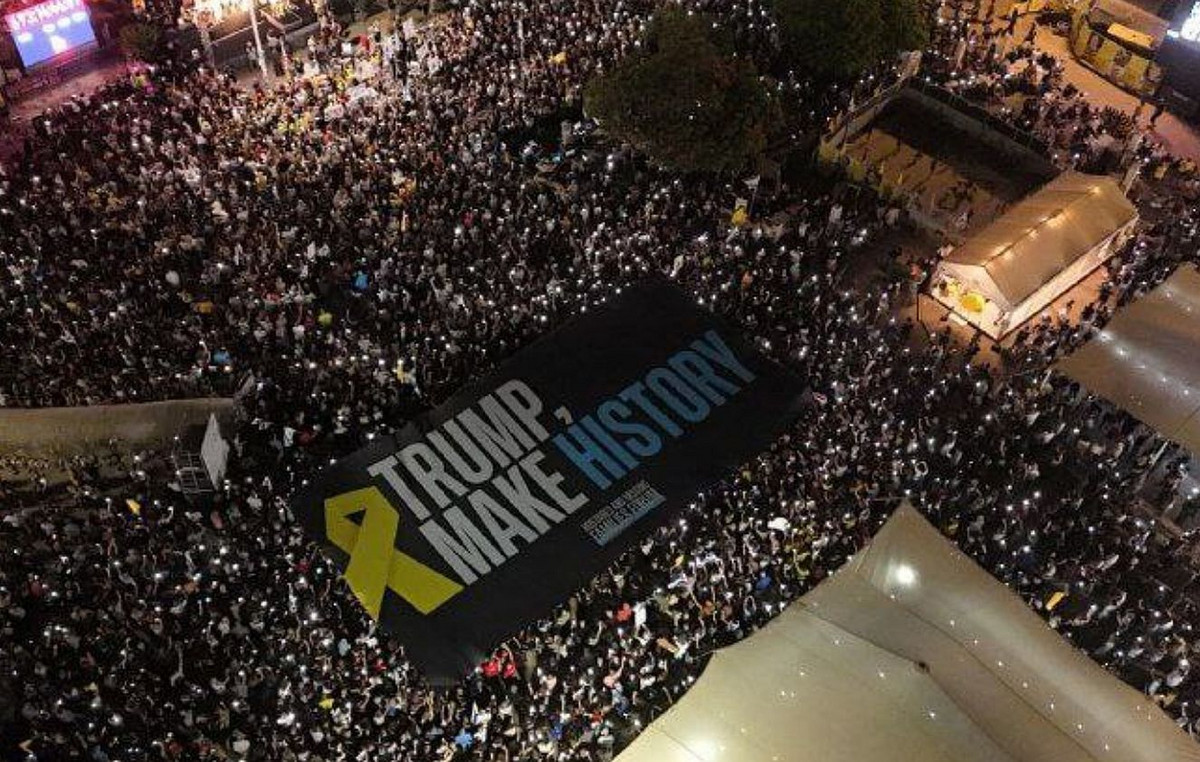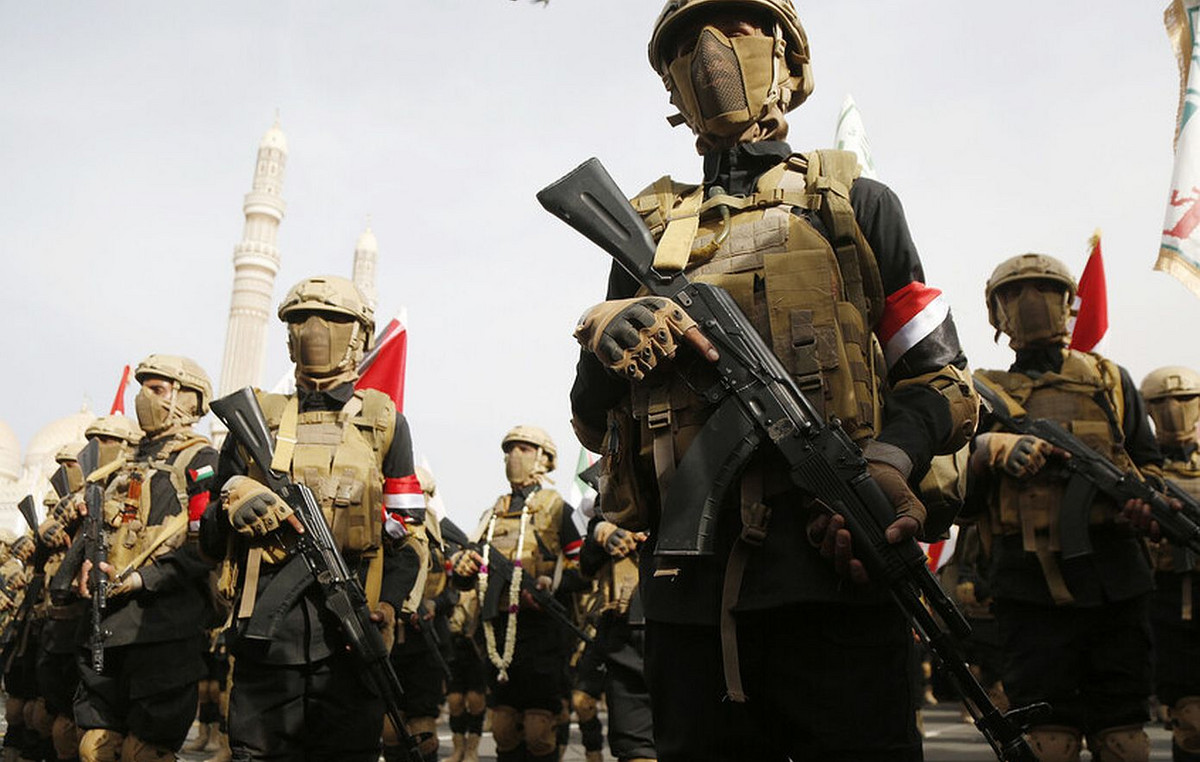- The WTI price collapses to about $ 65.75 at the early session on Friday in Asia.
- Concerns for excess supply, the huge inventory of crude oil in the US and tariff threats weigh on the price of WTI.
- The growing geopolitical tensions in the Middle East could help limit oil price losses.
The West Texas Intermediate (WTI), the referent of the US crude oil, is quoted around $ 65.75 during the first hours of negotiation in Asia on Friday. The price of WTI falls in the midst of concerns about an increase in offer for August by the OPEC+, a surprising increase in US oil inventories and the intensification of US tariff pressures.
The organization of oil exporting countries and allies (OPEP+) agreed at a meeting on July 6 to increase its collective production of crude oil by 548,000 barrels per day (BPD), while continuing to get rid of a set of volunteer supply cuts. The group had previously announced increases of 411,000 BPD for May, June and July, already three times faster than scheduled. Excessive production increases have generated concerns about excess supply, which could affect the price of the short -term WTI.
In addition, a huge inventory of crude oil in the US could contribute to the decline of the WTI. The Weekly Report of the US Energy Information Administration (EIA) showed that crude oil inventories in the US for the week that ended on July 4 increased by 7,070 million barrels, compared to an increase of 3,835 million barrels in the previous week. The market consensus estimated that inventories would decrease to 2 million barrels.
The president of the USA, Donald Trump, also announced on Wednesday plans for copper tariffs, semiconductors and pharmaceutical products. Trump also imposed a 50% tariff rate to Brazil, one of the highest announced so far, which will enter into force in August. The intensification of tariff pressures in the US could undermine the price of black gold, since tariffs can lead to commercial wars, slowing down global trade and economic activity.
On the other hand, geopolitical risks in the Middle East could limit the decrease of the WTI. Reuters reported that four crew members of 25 were killed in the attacks of the hutis. Eleven people were still missing, six of which are suspected that they have been kidnapped by the hutis.
WTI oil – frequent questions
WTI oil is a type of crude oil that is sold in international markets. WTI are the acronym of West Texas Intermediate, one of the three main types that include the Brent and Dubai’s crude. The WTI is also known as “light” and “sweet” by its relatively low gravity and sulfur content, respectively. It is considered high quality oil that is easily refined. It is obtained in the United States and is distributed through the Cushing Center, considered “the crossing of the world.” It is a reference for the oil market and the price of WTI is frequently traded in the media.
Like all assets, supply and demand are the main factors that determine the price of WTI oil. As such, global growth can be a driver of the increase in demand and vice versa in the case of weak global growth. Political instability, wars and sanctions can alter the offer and have an impact on prices. OPEC decisions, a group of large oil -producing countries, is another key price factor. The value of the US dollar influences the price of WTI crude oil, since oil is mainly traded in US dollars, so a weaker dollar can make oil more affordable and vice versa.
Weekly reports on oil inventories published by the American Petroleum Institute (API) and the Energy Information Agency (EIA) influence the price of WTI oil. Changes in inventories reflect the fluctuation of supply and demand. If the data show a decrease in inventories, it can indicate an increase in demand, which would raise the price of oil. An increase in inventories may reflect an increase in supply, which makes prices lower. The API report is published every Tuesday and that of the EIA the next day. Their results are usually similar, with a 1% difference between them 75% of the time. EIA data is considered more reliable, since it is a government agency.
The OPEC (Organization of Petroleum Exporting Countries) is a group of 13 nations oil producing that collectively decide the production quotas of member countries in biannual meetings. Their decisions usually influence WTI oil prices. When OPEC decides to reduce fees, it can restrict the supply and raise oil prices. When OPEC increases production, the opposite effect occurs. The OPEC+ is an expanded group that includes another ten non -members of the OPEC, among which Russia stands out.
Source: Fx Street
I am Joshua Winder, a senior-level journalist and editor at World Stock Market. I specialize in covering news related to the stock market and economic trends. With more than 8 years of experience in this field, I have become an expert in financial reporting.







